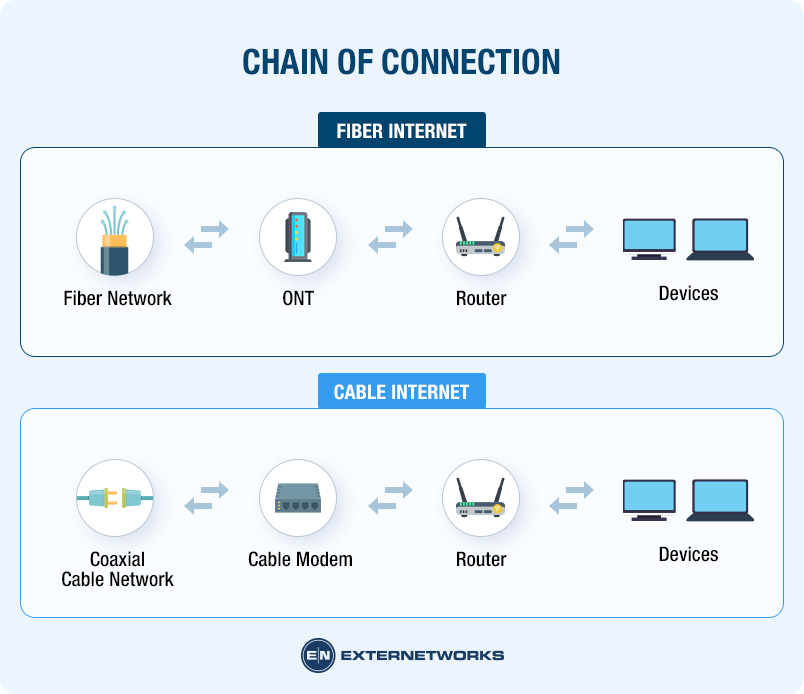Port optical devices, such as SFP modules, are vital for fiber optic connections in modern networks, enabling high-speed data transfer. This guide outlines installation, configuration, and troubleshooting for seamless network integration.
Understanding Port Optical Devices
Port optical devices include transceivers like SFP, SFP+, or QSFP modules that convert electrical signals to optical signals for fiber links. Key characteristics:
- Compatibility: Match module specs to your switch or router ports.
- Types: Single-mode for long distances, multi-mode for short-range applications.
Installation Procedures
Proper installation ensures reliable operation. Follow these steps:

- Power off the device or handle modules safely to prevent ESD damage.
- Align the module with the port slot and insert firmly until it clicks.
- Connect fiber cables, ensuring clean connectors and secure attachments.
- Verify the link LED indicates a stable connection after power-up.
Configuration for Network Setup
Set up devices via network interfaces for optimal performance:
- Access the CLI or GUI of your switch/router.
- Enable auto-negotiation for speed and duplex settings; override manually if required.
- Configure VLANs or QoS parameters to align with network traffic needs.
Troubleshooting Common Issues
Address typical problems efficiently:
- No link or connectivity: Recheck cable connections and replace damaged cables.
- Weak signal or packet loss: Clean fiber ends and inspect for bends or breaks.
- Mismatch errors: Confirm module compatibility and reset port settings.
- Overheating: Ensure adequate ventilation and replace faulty modules.
Adhering to these best practices minimizes downtime and enhances network resilience.












